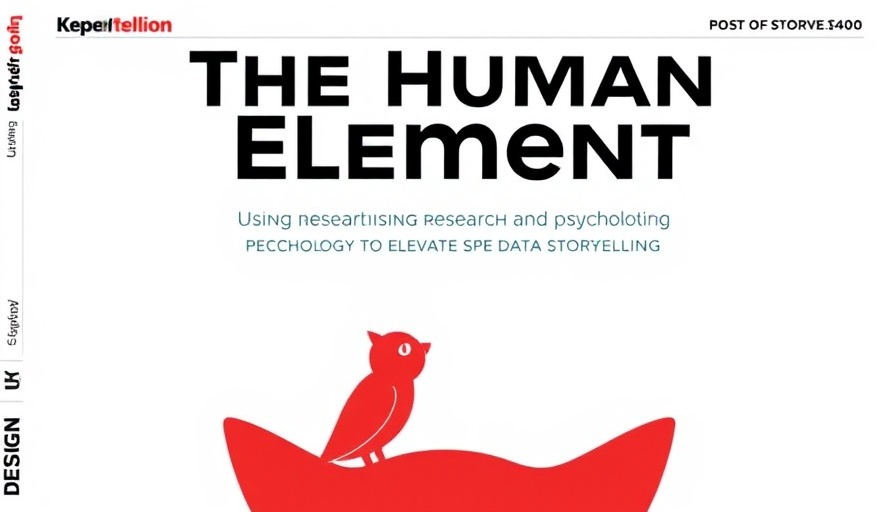
The Human Element in Data Storytelling: Unlocking Emotional Connections
The essence of effective data storytelling transcends beyond mere data presentation; it delves into the intricate blend of data analysis, narrative techniques, and psychological understanding. By leveraging UX research intertwined with psychology, storytellers can craft narratives that resonate profoundly with both cognitive and emotional dimensions. This approach not only simplifies complex information but also drives audience engagement and compels action.
Why Data Storytelling Matters
At its core, data storytelling acts as a bridge connecting vast informational seas to individual human experiences. The content created, when crafted effectively, transforms raw data into relatable stories that illuminate significant insights and guide decision-making. For instance, groundbreaking examples like The New York Times' "Snow Fall" or The Guardian's "The Counted" illustrate the engagement potential of data-humanized stories, demonstrating that effective storytelling can encourage audiences to rethink their perspectives and motivate them to take informed actions.
Key Principles for Successful Data Narratives
Effective data storytelling hinges on several key principles: simplifying complexity, engaging emotionally, and bridging experiential gaps. This requires the careful application of narrative structures, such as Freytag's Pyramid, which provides foundational frameworks for storytelling. The crucial aim here is to ensure that stories are not only informative but also engaging enough to evoke emotions and prompt action from audiences.
Harnessing Visualization for Clarity
Visual elements enhance the storytelling experience immensely, as human brains are wired to process visuals more swiftly than text. Strategies such as using infographics, interactive charts, and maps enable storytellers to simplify and clarify their messages. For businesses, incorporating visually engaging elements can drive faster comprehension and retention, leading to more impactful storytelling.
The Role of Emotional Engagement
Emotions play a pivotal role in how audiences connect with data. By weaving narratives that resonate emotionally, data storytellers can make complex information relatable. Personal anecdotes, relatable characters, and compelling plots evoke empathy, making the stories memorable. Crafting a narrative that resonates with the audience’s experiences is crucial in ensuring that the data isn't just understood but felt.
Applying Psychological Insights
Integrating psychological principles into data storytelling can significantly enhance its effectiveness. Understanding key theories such as the Theory of Planned Behavior allows storytellers to tailor their narratives to address audience attitudes, subjective norms, and perceived behavioral control. Recognizing how audiences think, feel, and behave about data helps refine messaging strategies that drive engagement and action.
Empowering Narratives with Social Proof
Utilizing social proof, such as testimonials and case studies, builds trust and reinforces the effectiveness of the data story. Highlighting how others have positively interacted with the narrative lends credibility and becomes a motivational driver for audience actions. Success stories that are relatable reinforce the persuasive power of data storytelling.
Conclusion: Elevating Data Storytelling Practices
As the demand for effective communication across diverse fields increases, embracing a human-centric approach in data storytelling can yield stronger connections and inspire action. By applying insights from psychology and focusing on audience understanding, storytellers can create powerful narratives that transform mere data into engaging, actionable stories.
Effective data storytelling not only presents information but also becomes a call to action, ultimately unlocking the potential of data to inspire change. As we navigate this landscape, the human element remains a critical component in crafting stories that resonate and compel audiences toward meaningful actions.
 Add Row
Add Row  Add
Add 




Write A Comment